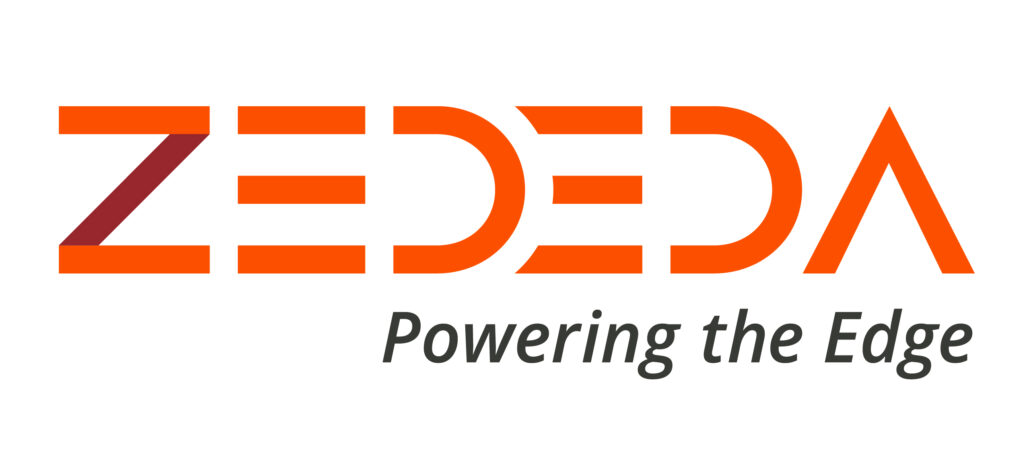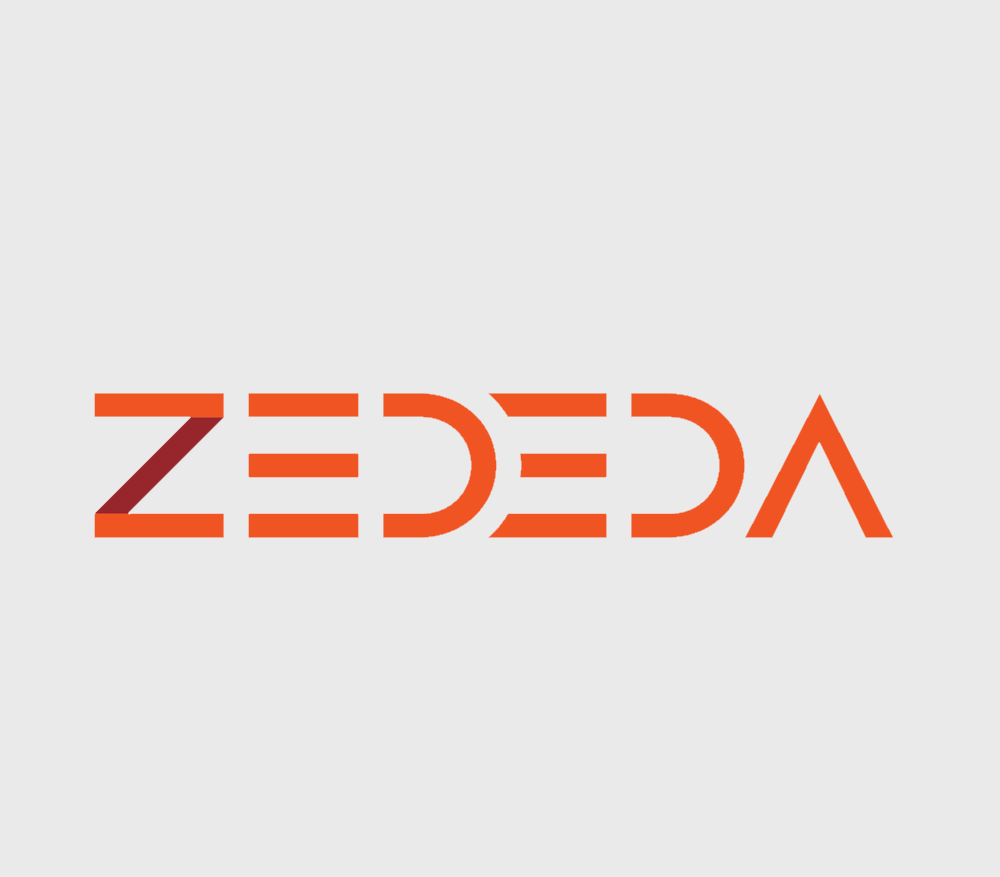
Photo by Valdemaras D. from Pexels
In 2000, author Malcolm Gladwell published a book called The Tipping Point: How Little Things Can Make a Big Difference. The book is about how something becomes an overnight phenomenon when it reaches the tipping point, which he defines as “the moment of critical mass, the threshold, the boiling point.” What’s interesting is that this precipitating event isn’t necessarily something huge or flashy; often, it’s a combination of independently disparate activities that lead to the rapid spread of an idea or trend.
I would argue that, right now, we’re at the tipping point for edge computing. As someone who’s already experienced firsthand several tectonic industry shifts — broadband internet, cloud computing, online shopping, etc. — I know that it can be hard to predict when that “critical mass” has been reached. All the same, there’s an undeniable momentum right now in the edge industry that suggests it’s poised to explode into the mainstream of enterprise IT.
For instance, Gartner recently named the empowered edge as one of its Top 10 Strategic Technology Trends for 2020, while Forrester predicts that “2020 will be the most interesting year yet for vendors and users in this exciting space.” At VMworld this year, industry leader Michael Dell said that looking to the future, “[…] we’ll be talking about the edge being bigger than all of the clouds combined.”
We’re also seeing a lot of activity in the edge space from industry players of all sizes. Cloud leaders like Microsoft (Azure IoT) and Amazon (Greengrass) are expanding into edge, recognizing the important role that it will play in hybrid and well-rounded enterprise IT portfolios. At the same time, companies that have long been leaders in industrial digitization, like Siemens, are also embracing the intelligent edge — recently, Siemens announced its intention to acquire technology from edge computing startup Pixeom.
All of this activity points to the same conclusion: enterprises both large and small are realizing that edge computing will play a key role in unlocking the full benefit of data from smart devices and sensors. As a result, they’re taking important steps to prepare for a hybrid future where their IT stack may span across the edge and cloud (or multiple clouds!). We believe that all this activity signals a tipping point for edge computing — an encouraging sign for us at ZEDEDA, because this is precisely where our solution sits: we’re bringing cloud-native functionality to any edge device, creating a seamless experience for businesses to work across the edge and cloud.
When we started our company a few years ago, our “secret insight” was that IoT would expand rapidly (from the initial consumer adoption to industrial and enterprise adoption) and that the data generated by these sensors and devices was set to explode. This explosion of data, combined with the fact that our current internet is built for efficiently downloading data, but not uploading it back to the cloud, meant an inevitable shift in where and how we do computing and processing of data.
With all the momentum we’re seeing in edge computing right now, I’m proud to say that our original vision for the future of this industry is becoming closer to reality every day. As businesses increasingly look to adopt an edge computing strategy, we’ll be here to help them with a solution that unlocks cloud capabilities at the edge in a secure and vendor-agnostic way. Through virtualization, we can create an open and vibrant ecosystem where any app can run on any hardware and connect to any cloud. The future is full of possibilities, and I’m excited to see how new developments spur further innovation.




